|
Below: John Greenleaf Whittier. Source: Wikipedia I'm supposed to do 52 profiles of ancestors in 2018 and I'm falling behind! So here is #8: John Greenleaf Whittier. He's a nearly forgotten poet who in his day was a household name. This was back before radio or TV, when people read (to themselves and to each other) for entertainment. John Greenleaf Whittier is not my ancestor. He can't be. He never had children. We are however, related...his great grandfather Joseph Whittier (1669-1717) of Haverhill is my eighth great grandfather. This makes us second cousins seven times removed. Say that ten times fast! Because he has been an important source for me in learning old stories of the area, I decided to include him in the 52 ancestors list. Below: John Greenleaf Whittier birthplace, Haverhill, Mass. (Source: Hampton N.H. Historical Society) Above: John Greenleaf Whittier Home and Museum, Amesbury, Mass., where he lived for over fifty years. Source: museum website So who was this guy, famous enough to have two historical museums in the area, one in Haverhill (where he was born) and one in Amesbury (where he lived when he was famous)? Basically, he was a self-educated farmer who lived in an ancient farmhouse in Haverhill - it was already well over a century old when he was born there in 1808 - that had been built by one of the founders of Haverhill. He wrote a lot of poetry, and was involved in the movement that wanted to abolish slavery in the United States. This activity got him into the circle of famous abolitionist William Lloyd Garrison, who was editor of a newspaper in Newburyport for a time. This newspaper started publishing Whittier's poems, and later when Garrison got more famous and began running in literary circles, he was able to promote Whittier. He became famous as a result of his poem Snowbound, about being snowed in. It starts like this: "The sun that brief December day Rose cheerless over hills of gray, And, darkly circled, gave at noon A sadder light than waning moon." Based on his literary fame for this and other poems, he eventually received an honorary degree from Harvard. Whittier himself barely left the area around Haverhill, other than a couple years in Philadelphia and New York when he was a young man. He complied lots of the historical stories of the Merrimack Valley area into poems. I have written blog posts about some of these topics, such as the story of Captain Waldron's deceit of the Indians and their revenge upon him; and the story of the Pennacook Indian princess Wenunchus, who drowned in the Merrimack as a result of a squabble between her father Passaconnaway and her husband Winnepurkett of Saugus. Back in Whittier's day, poems were sometimes epics, running thousands of lines. People would read them outloud to each other in the evening by lamplight or by the fire. I recorded myself reading The Bridal of Pennacook (in part), to get a feel for the language. That poem also provided a good geography lesson about upper reaches of the Merrimack River, which was the heartland of the Pennacook indians. The poem mentions Turee's brook, Contocook, "the Crystal Hills to the far southeast", Sunapee, Snooganock, Coos, Umbagog Lake, Ammonoosuc, Chepewass, "the Keenomps of the hills which throw/Their shade on the Smile of Manito"; Kearsarge, Babboosuck brook, Otternic, Sondagardee, Squamscot, Piscataquog...does anyone know these places??
2 Comments
My genealogical line from William Brewster, spiritual leader of the Pilgrims, down to Edwin Ayer my great great grandfather, is as follows: Jonathan Brewster (1593 - 1659) son of William Brewster Ruth Brewster (1631 - 1677) daughter of Jonathan Brewster Mercy Pickett (1650 – d. New London, 1725) daughter of Ruth Brewster Samuel Fosdick (b. New London, 1684 – 1753 d. Charlestown)(buried Phipps cemetery) son of Mercy Pickett James Fosdick (b.1716 New London – d. 1784 Charlestown) (buried Phipps cemetery) son of Samuel Fosdick David Fosdick (b. 1757 Charlestown – d. 1812 Charlestown) (buried Phipps cemetery) son of James Fosdick Elizabeth Fosdick (b. 1791 Charlestown – d. 1855 Charlestown) daughter of David Fosdick Edwin Ayer (b. 1827 Charlestown – d. 1908 Lawrence). That's a lot of Fosdicks! What can I say about this clan (which, by the way, undermines my narrative that my ancestors arrived at the mouth of the Merrimack River and basically moved only 20 miles up river and then all stayed)? First point, the Fosdicks came to Charlestown, just north of Boston, and stayed there forever. So it's still North of Boston, meaning my basic claim holds up, that almost every American-born person from whom I'm descended was born North of Boston. I know of no ancestors born south of Boston except for the Fosdicks listed above, who moved to New London for just a few generations... probably to get away from insufferable puritans who ran Boston back then. They eventually moved back to Charlestown, however. So in my book, it's no harm, no foul! (Mr. Ayer above was of a Haverhill family; his father moved to Charlestown but he eventually moved back to Haverhill and married my great great grandmother Mary Jane Valpey of Andover, so I count him as being from the Merrimack Valley.) A couple of the Fosdicks in this list appear to have been n'er-do-wells. Stephen Fosdick (1583-1664), grandfather of Samuel Fosdick listed above, of Charlestown, Mass. was excommunicated from the puritan church for a period of twenty years, for crimes unspecified. How he got back into the good graces of the Elect is also not specified. His son John Fosdick (1626-1716) was charged with fornication by the Massachusetts authorities. “On 16 March 1649, John Fosdick, the constable of Charlestown was required (too was Ann the wife of Henry Branson) to appear at the next Court at Cambridge to answer for fornication committed by her with John Fosdick before she was married.” Despite this charge, he was allowed to remain constable, and served as a sergeant during King Philips War against the Indians in the 1670s. Another interesting thing is that, when I worked as a Park Ranger at Bunker Hill Monument in Charlestown, and lived in the Charlestown Navy Yard, I would walk to work past the Phipps Cemetery where all these Fosdicks are buried. Of course at the time, in 1994, I had no idea they were my ancestors! Anyway, my main challenge in proving lineage to William Brewster was that David Fosdick’s parent’s names were obliterated from the town birth records after the fact. Below: David Fosdick's entry in the birth records of Charlestown (circled in yellow). What happened that would cause the names of his parents (along with those of his wife's) to be obliterated from the town records?? One theory is that David Fosdick lost the family fortune - there were tales of a family "mansion" on the Charlestown neck, and hundreds of acres of land that were lost. How this happened, we don't know. Speculation in risky South Sea ventures? Ill-fated purchases of timberland in the wilds of northern Maine that got taken by the French? Investment in a merchant ship that didn't return from the Spice Islands? Anyway, I eventually surmounted this obstacle by obtaining the baptismal records for David Fosdick from the First (Congregational) Church of Charlestown. This involved my first physical research trip to conduct genealogical research, instead of just doing it online. At the magnificent facilities of the New England Historic Genealogical Society in Back Bay, I got my hands on a copy of these records. This was enough proof to satisfy the genealogist of the Mayflower Society that David Fosdick was indeed the son of James Fosdick listed above. Below: Baptismal records for David Fosdick, with a date corresponding to his birth date, and showing who his parents were. Thank god for my research that they weren't excommunicated at the time their son was born or this record would not exist. As a result of finding this evidence, my last document, the Mayflower Society genealogist accepted my application. A few months later, I received the certificate below.
Above: My great-grandfather's nephew, the Rev. Daniel Webster Driscoll of Lawrence, circa 1950. Back in the day, every very good Irish family in America was supposed to have a cop, a lawyer and a priest. The priest in my maternal grandmother's family was her first cousin Father Dan, who also was an Augustinian friar. He likely became attracted to the Augustinian order because of their notable presence in his hometown of Lawrence, Mass. Like most Augustinians, his vocation took him through Villanova, and then to postings in various places where the Augustinians had missions at that time: the Philadelphia suburbs, then Carthage, in upstate New York, then Flint, Michigan. By 1940, he was back in Lawrence, serving as the head priest at St. Augustine's church in Lawrence. Later, he served at St. Mary's. Incidentally, he is mentioned in the documentary evidence relating to the founding of Merrimack College in North Andover in 1947. That effort was led by Father Vincent McQuade, a Lawrence native who was prominent in the Augustinian order. As a professor and Acting Dean at Villanova, he convinced the powers that be of the need to establish a second Augustinian college in the United States, after Villanova, in the Lawrence area. Father McQuade arrived in Lawrence on January 9, 1947 to take up his college-founding mission. Below is a copy from McQuade's journal from that day. Father Driscoll of St. Mary's, my relative, picked McQuade up at the train station in Lawrence and then drove him over to the planned site of the college in North Andover. It's nice to know my relative, albeit not ancestor, had a part in organizing this important institution for the region, Merrimack College. My mother's sister's husband, a returning G.I., was in the first graduating class. Father Dan also apparently acted as diplomat in family disputes; for example he seems to have had a hand in helping to negotiate the sale of some Driscoll land along Route 114 near Den Rock Park, where the shopping center now is. i have decided to take up Amy Johnson Crow on her challenge to blog about 52 ancestors in 2018, one per week.
My first entry is my sixth great grandfather Major Daniel Littlefield of the Maine Militia. He was born in April 1749 in Wells and died July 26, 1779 with the rank of Major in the First Maine Militia. They were mustered for the ill-fated attack on a British fort in Castine, Maine in the so-called Penobscot Expedition. The event was also referred to as the Battle of Bagaduce. Eleven ships were lost, making it the biggest American naval disaster until Pearl Harbor. Daniel Littlefield drowned and his body was not recovered. There is a monument on the corner of Routes 1 and 9-B Wells, Maine, which reads "Major Dan'lLittlefield who was drowned at Castine July 1779: Aged 30 ys." According to George Buker’s book The Penobscot Expedition, British shot overturned the leading boat, drowning Major Daniel Littlefield and two of his men. Paul Revere, an artillery commander in this battle, faced a court martial investigation for allegedly abandoning his position and retreating prematurely back to Boston. I have done some research about this battle; it seems that only about half of the militiamen of York County who were mustered for this expedition actually showed up, because many were loyalist. On the basis of proving my lineage back to Major Daniel Littlefield, I joined the Sons of the Revolution in the State of New York (not to be confused with the Sons of the American Revolution a different group). The process of proving my lineage from scratch, basically, took two years and taught me about rigorous genealogical research. Below: Photo of the letter admitting me to the Sons of the Revolution genealogical society. |
|
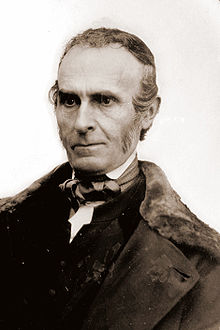
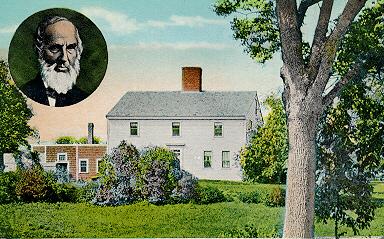
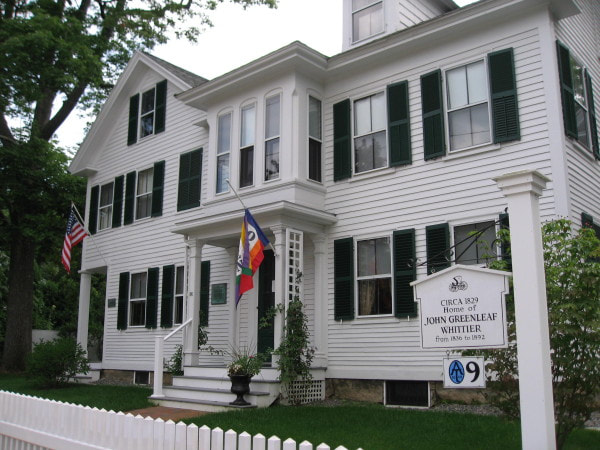
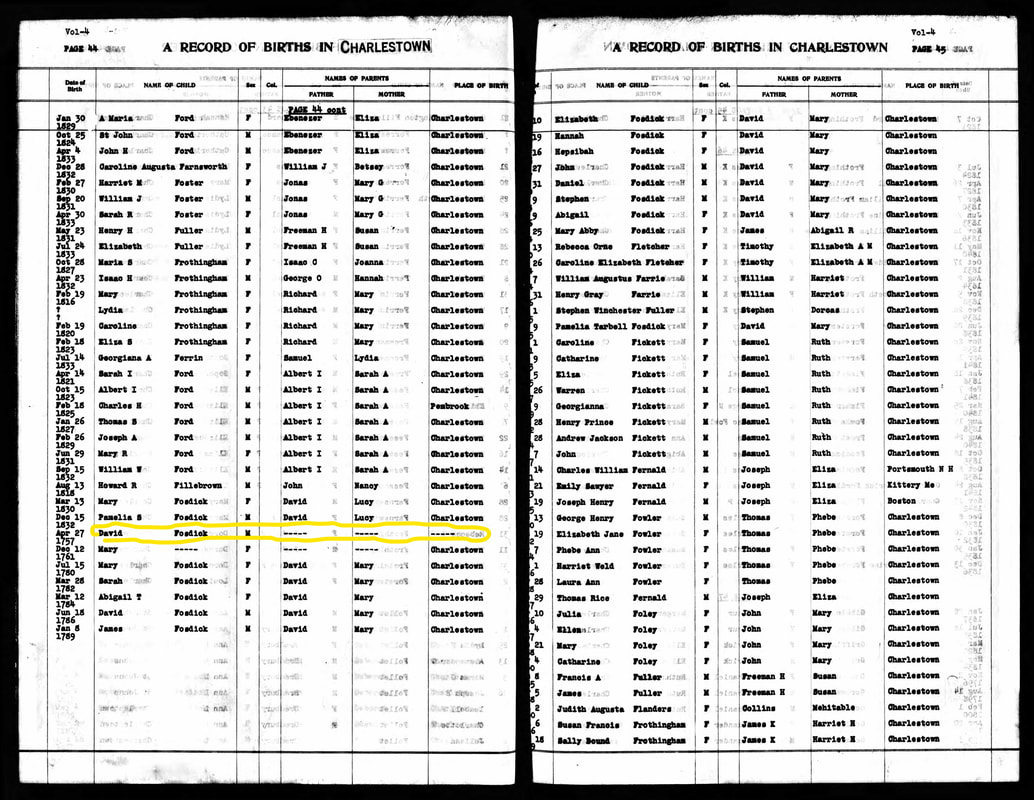
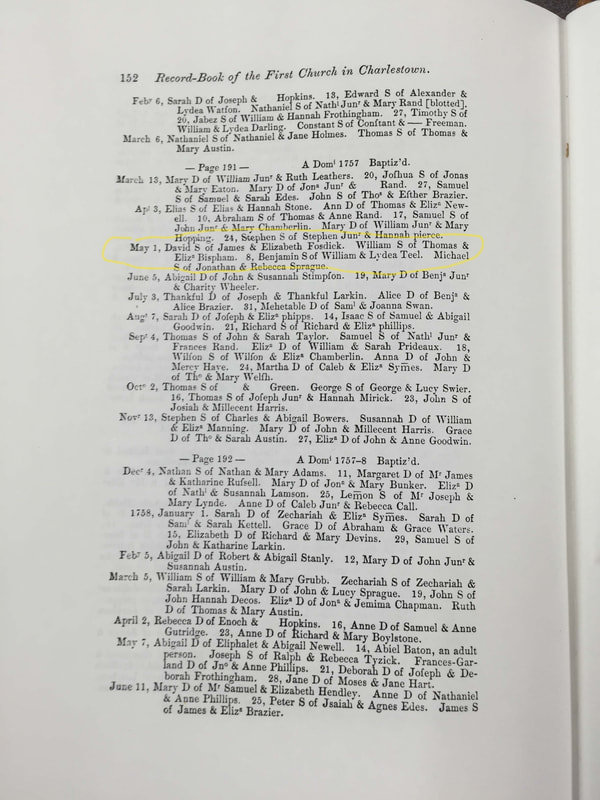
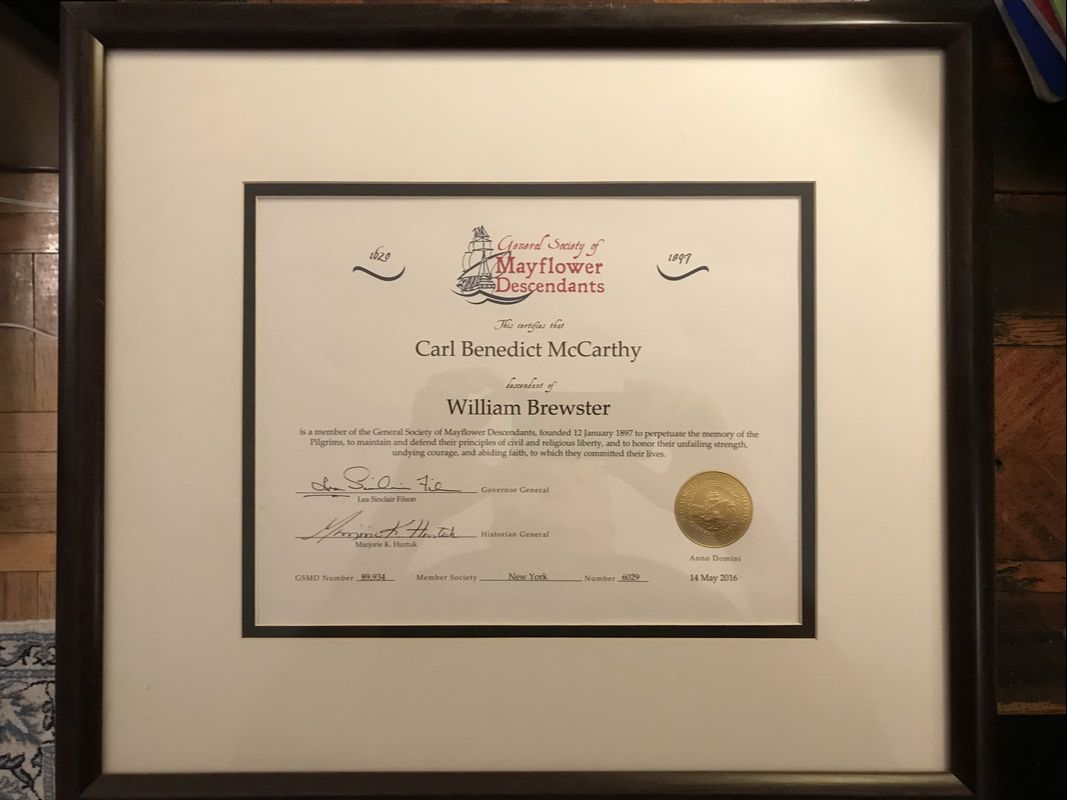
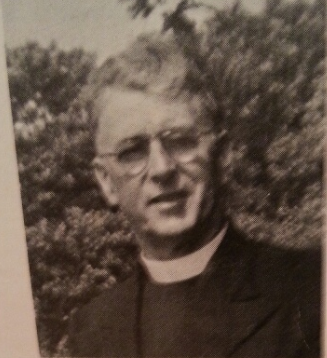
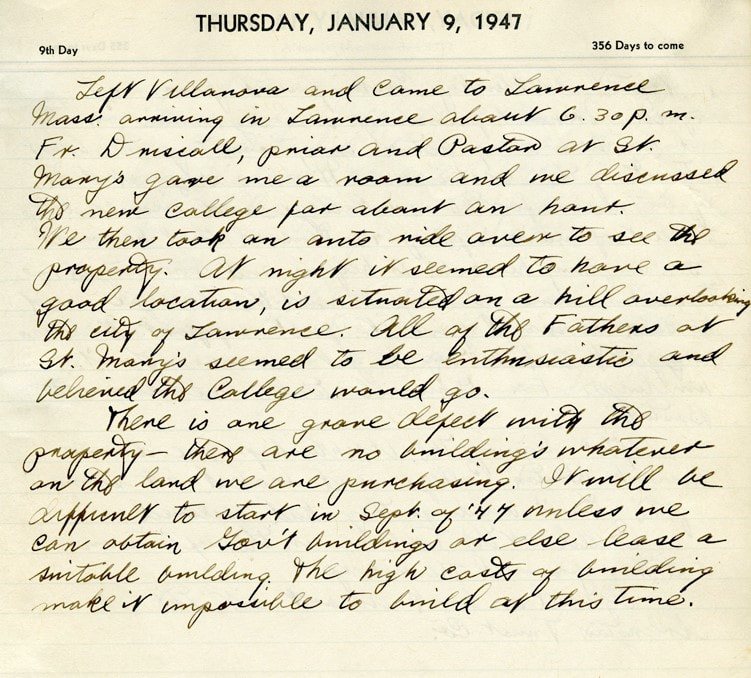
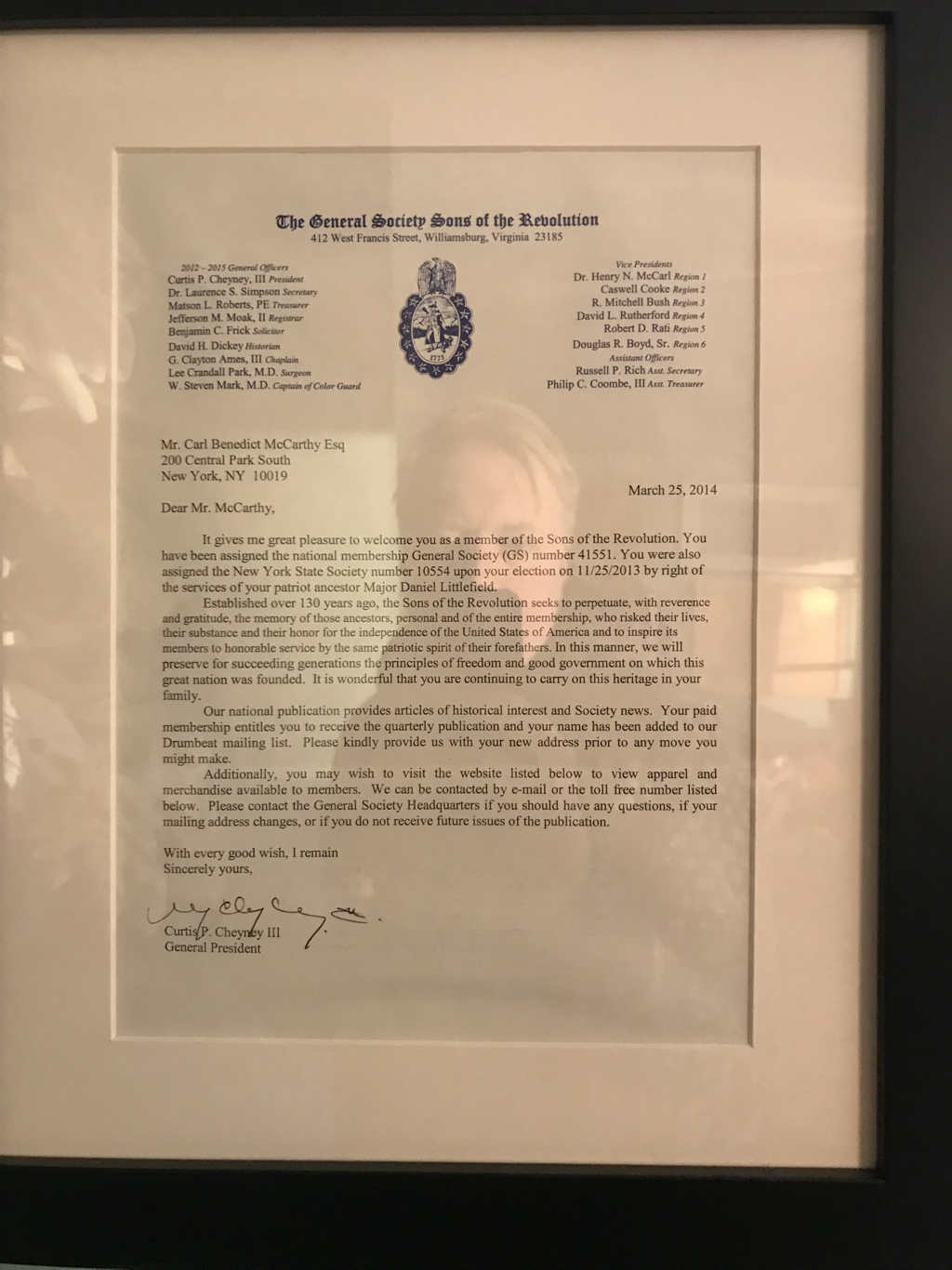
 RSS Feed
RSS Feed